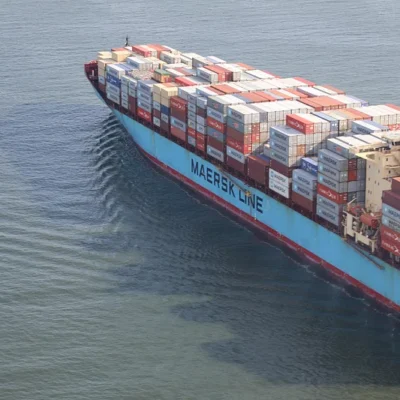The fact that nine of the ten busiest ports in the world are in Asia as of 2024 highlights the movement of global trade flows eastward.
Asia’s intraregional trade has increased dramatically as a result of changes in the supply chain and increased integration. Over 70% of the value of Asian exports in the 1990s left the region, with most of the containers returning empty. In contrast, today’s trade within Asia accounts for about 60% of all exports.
According to data from Ship Technology, these are the busiest ports in the world in 2024.

It is evident that China plays a pivotal role in global manufacturing and trade, as seven of the ten busiest ports in the world are situated in the country.
The nation has led the world in merchandise exports since 2009. The Belt and Road Initiative (BRI) depends heavily on China’s port network’s modernization and growth.
The Belt and Road Initiative (BRI), which China launched in 2013, is a global infrastructure development strategy that aims to increase trade and connectivity between Asia, Europe, and Africa by building vast networks of highways, energy pipelines, railroads, and shipping lanes.
The Port of Singapore, which is currently the second-largest port in the world, handled 39 million TEU in 2023. The port, which is linked to 600 ports in more than 120 countries, receives 130,000 vessels annually. Moreover, at any given time of day, 1,000 vessels can be found at the port.





